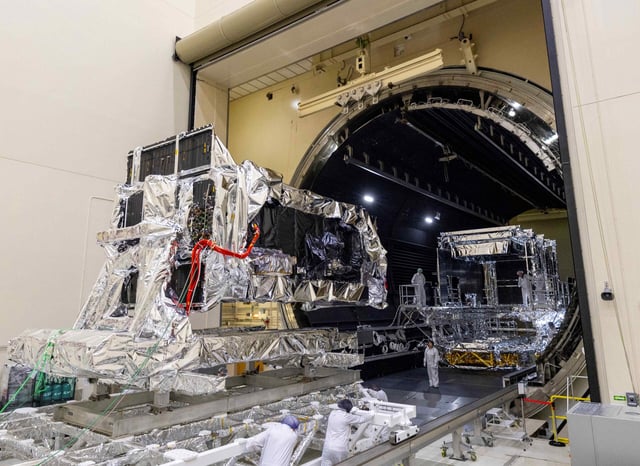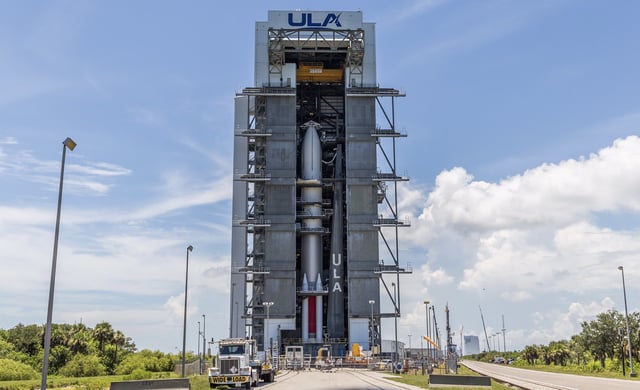Overview
- The U.S. Space Force will begin procuring GMTI satellites for Indo-Pacific Command within a year and United Launch Alliance’s Vulcan rocket is on track for an Aug. 12 national security launch pending range approval.
- The Pentagon cut the Defense Information Technology Center’s staff to 40 people under an AI-first digital transformation projected to save $25 million a year, and CSIS will convene a commission next month to chart a stand-alone Cyber Force service.
- The Senate Appropriations Committee advanced its $852.5 billion fiscal 2026 defense bill with a $21.7 billion increase to boost shipbuilding, munitions and Ukraine aid while trimming several nuclear modernization programs.
- L3Harris opened a 370,000-square-foot solid rocket motor facility in Huntsville and Anduril plans to produce 6,000 mid-sized tactical motors annually at its new Mississippi plant by late 2026.
- Leidos secured an order for 12 Sea Dart unmanned underwater vessels from a classified customer with plans for 70 more next year, and BWX Technologies reported $78.5 million in Q2 net earnings driven by record government operations backlog.



